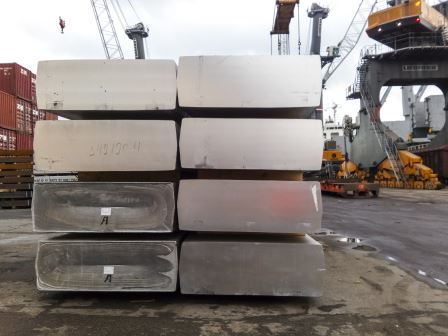Hedging as a way to mitigate risk is employed prolifically by traders and businesses. Hedging involves taking an opposite or offsetting position in a closely associated product, commodity, or security. Traders and companies use derivatives for hedging to mitigate risk.
What is corporate hedging?
Corporate hedging is an exercise undertaken by corporates to reduce risk exposure. In corporate hedging, corporate treasury and risk management officers try to protect a firm from overexposure to commodity price risk and foreign exchange risk while maximizing forex income and minimizing forex losses.
Commodity hedging
Hedging in commodities is highly beneficial to consumers and producers alike. For instance, hedging in futures allows one to lock in the price of a commodity today, and this commodity can be bought at the same commodity price that was locked in at a later date, regardless of price movements. This protects the buyer and seller both by reducing uncertainty over prices in the future. Hedging in commodities can be highly advantageous to large corporates, too, owing to commodity price volatility. However, currently, very few large firms engage in commodity hedging for risk management.
Why corporates must hedge in commodities?
Many companies depend heavily on commodities, which makes their businesses sensitive to price volatility. For example, airlines use jet fuel whose price constantly changes relative to the price of crude oil. Therefore, aviation companies prefer hedging against crude-oil price increases, which mitigates the risk for higher expenses from aviation fuel in the future and protects the firm’s bottom line.
Commodity price risk can be managed by using derivatives for hedging, wherein companies can enter futures contracts with suppliers.
Even though many corporates may not directly engage in commodities, they are indirectly exposed to commodities due to forex exposure. Since hedging foreign exchange exposure is extremely important for all stakeholders such as regulators, banks, companies, and traders, it is only sensible for corporates to start hedging in commodities.
For hedging in commodities, corporate treasurers need to assess their company’s overall commodity exposure. The following steps may be followed:
Identify commodity contracts with direct and correlated risks.
Measure the commodity volume expected to be purchased.
Check the volatility of commodity prices.
Estimate commodity exposure.
Devise strategies to manage exposure or reduce overexposure.
Trends and opportunities in hedging commodity exposure
In India, the RBI does not allow banks to do hedging in commodity market. Many banks await an amendment in the Forward Contract Regulation Act (FCRA), which may lead RBI to allow them to hedge commodity price risk on behalf of their clients.
However, given the need of the hour, it would be beneficial for banks to encourage borrowers to manage commodity price risk at their end. It is important to recognize that commodity price risks are as important to mitigate as forex risks. This is especially true for companies that use agri and non-agri commodities and are affected directly or indirectly by energy price risks.
There is an encouraging trend wherein banks are lending to companies based on warehouse receipts for goods/commodities that have been hedged appropriately. Further, a few rubber, sugar, and edible oils companies have also been hedging their exposures. SMEs have also been hedging in commodities such as metals and spices.
Hedging in commodities provides corporates with flexibility and helps them mitigate supply and forex risks. Thus, corporations can spread their risk exposures across counterparties, which creates healthy competition among vendors. This allows corporates to obtain better pricing and counterparty credit quality. Further, corporate treasuries may use a well-diversified hedged portfolio to exploit opportunities in the market.
In the backdrop of the pandemic and the consequent volatility that the commodity markets have seen, it only makes sense for companies to recognize how to manage commodity risk via hedging sooner than later.









